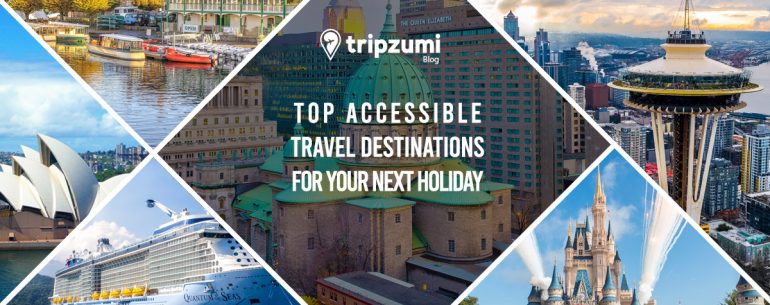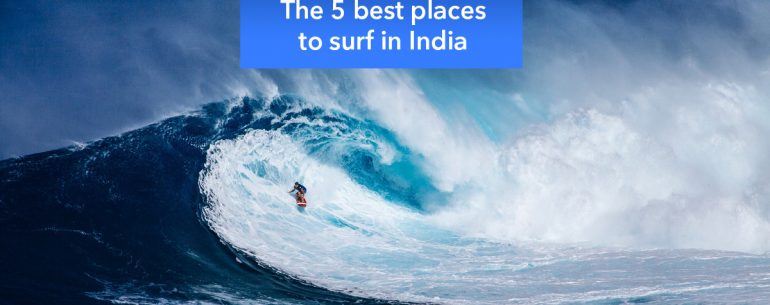Kerala is breathtaking. God’s own country is magical even during the monsoons. Kollam was our destination for a couple of nights on a lazy houseboat. Quite as enticing as Alleppey, the houseboats meander indolently through the lake Ashtamudi’s backwaters. Fishermen casting old fashioned nets next to hulking painted and colorful trawlers are a regular sight early in the mornings which is also a great time to catch spectacular sunrises.
The captain of the boat usually allows guests to steer the smaller houseboats, past the giant fixed Chinese fishing nets dotting the shore. These nets are big draw. And here is why-though found extensively in China, these nets are found in India only in Kerala. The name of these pulley worked fish haulers suggests that a Chinese influence punctuates the presence of the nets in faraway South India. Recent historical research however points to the Portuguese having introduced the nets in this southern state of India from Macau.
Kollam though not as crowded as Alleppey (known for its houseboat tours and packages) still features prominently on the tourist circuit. It is still a city. But if you want to get away from the visitor hordes, a trip to close by bucolic Munroe Island is warranted. You won’t find a slew of competing traditional ayurvedic massage parlors or restaurants or even hotels that is typical of more developed tourist destinations of Kerala in this serene, almost untouched island. It feels like a throwback to another time altogether as if frozen in idyllic time.
Veering back to a another slice of history, the island is supposedly the work of Colonel Munroe from the British era who was involved in backwater land reclamation efforts by way of building a network of canals. The island is apparently not a single landmass but one made up of a cluster of eight islands at the confluence of Kallada River and Ashtamudi Lake. Whatever the colonel did, it appears to have worked like a dream. We continually gasped in delight all through our two and a half hour canal cruise through the backwaters.
Our guide and boatman steered the large hand crafted canoe expertly through narrow canals, negotiating low lying bridges by asking all of us to duck low. He joked with a poker face that if we didn’t, he wouldn’t be responsible for any attendant brain damage. With just three people to a boat that can easily accommodate at least ten, the experience was both tranquil and light, mostly because our mildly garrulous boatman doubled as a practiced stand-up comic.
He also taught us to punt the unwieldy canoe with a an oar thrice our puny sizes as we passed lush paddy fields that alternated with fields of fat pineapples poking their thorny bodies well above the ground. Fish and prawn farms mar the otherwise natural surroundings, yet with abundant greenery, bird life thrives in the region. You are bound to spot numerous cormorants, kingfishers, coucals among rarer feathered beings.
We made two stops on the way. The first was at a tiny house by a narrow canal that had all kinds of fruit trees and an abundance of coconut trees growing in its unfenced front yard. We were recommended coconut freshly plucked to slake any thirst or hunger on a humid monsoon afternoon. As we sipped on cool coconut water (and after gorged on its juicy thick white flesh), a boat passed our own stalled canoe. Typical of Munroe island, fish is sold by a fisherman who goes house to house on a boat selling the day’s catch. Village life camaraderie is apparent. The fisherman talks with familiarity and ease with the woman selling us coconut water. She buys fish in exchange for a big fat stem of bananas.
For an hour after, we took in the glassy green waters of the tiny canals we weaved in and out of, in content silence with the sun beating down on our backs even as a cool breeze fanned our faces. We passed carpenters in the houses by the tiny canals hand crafting artisan boats, at other parts weavers’ rett and coiled coir. It truly felt like a slice of paradise. We broke out of the sense of tranquility only when we stopped by a tiny tea shop tucked by the side of the river serving masala chai, banana, tapioca and jackfruit chips. Our total bill Rs 50 or less than a dollar.
Ergo, money is no excuse to not undertake this exhilarating short journey. The cruise itself is a bargain. Being state run it is offered at a steal of 500 Rupees or less than 10 USD per person from the DTPC (tourism) office that stands on the edge of the lake in Kollam. Price includes transfers to and from Kollam that is about 25 kms away. Transfers take about 45 minutes each way.
Feature image- Houseboat in Kerala backwaters, Image courtesy- Rafal Cichawa / Shutterstock.com.



Leave a Reply